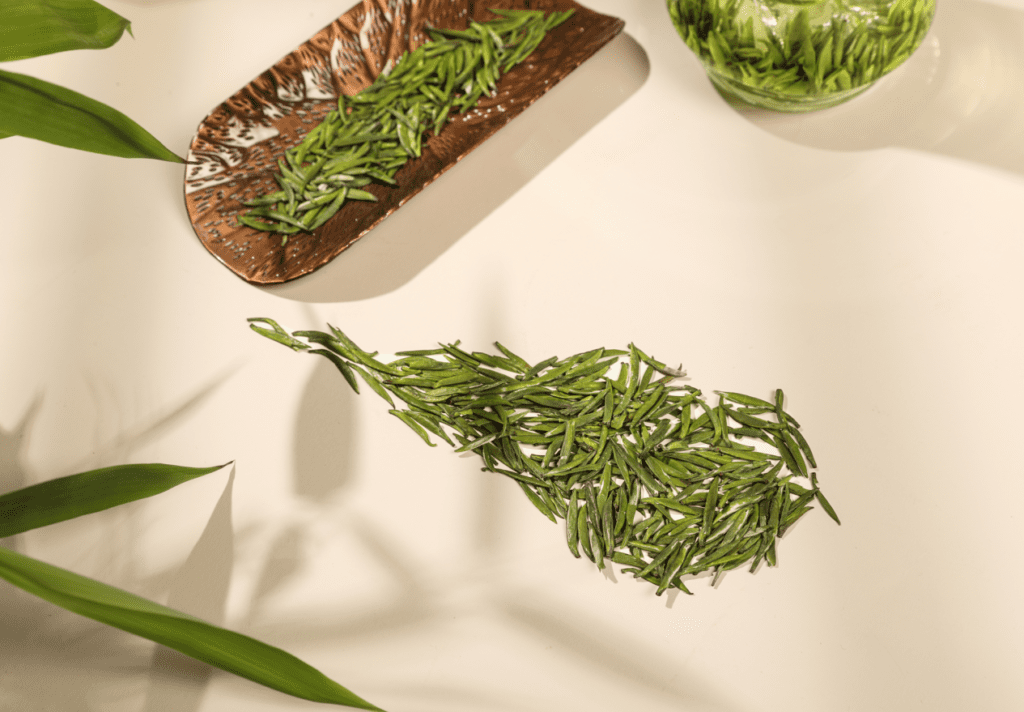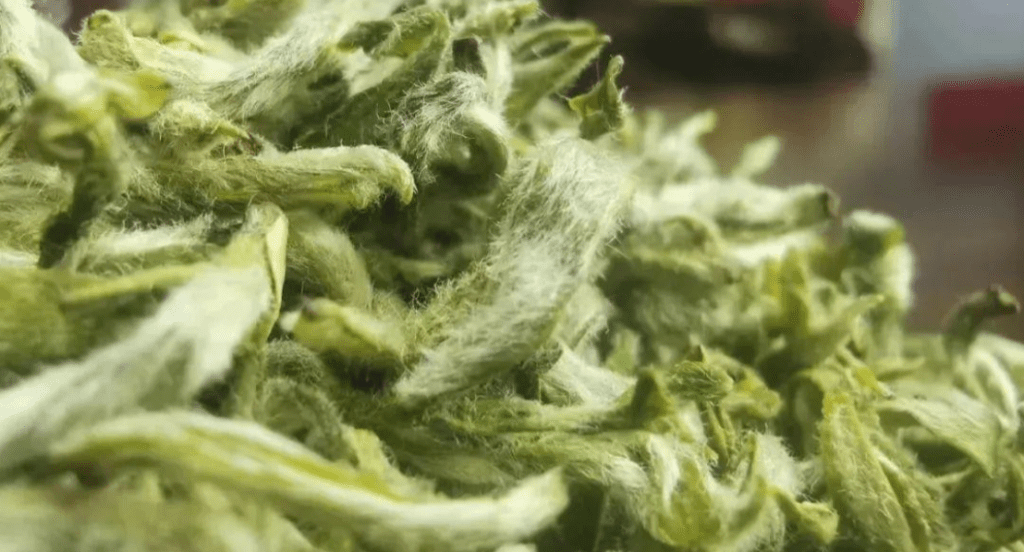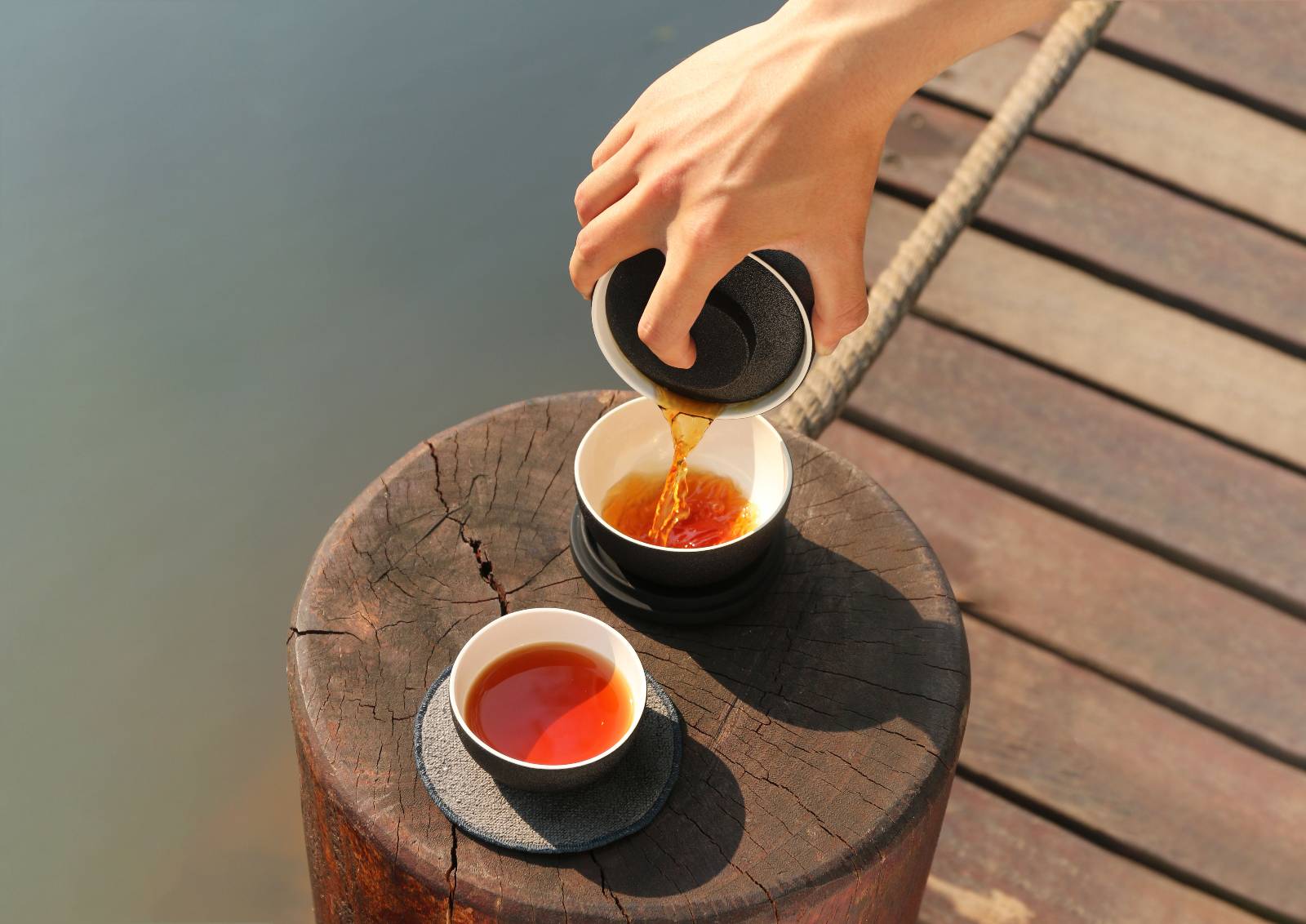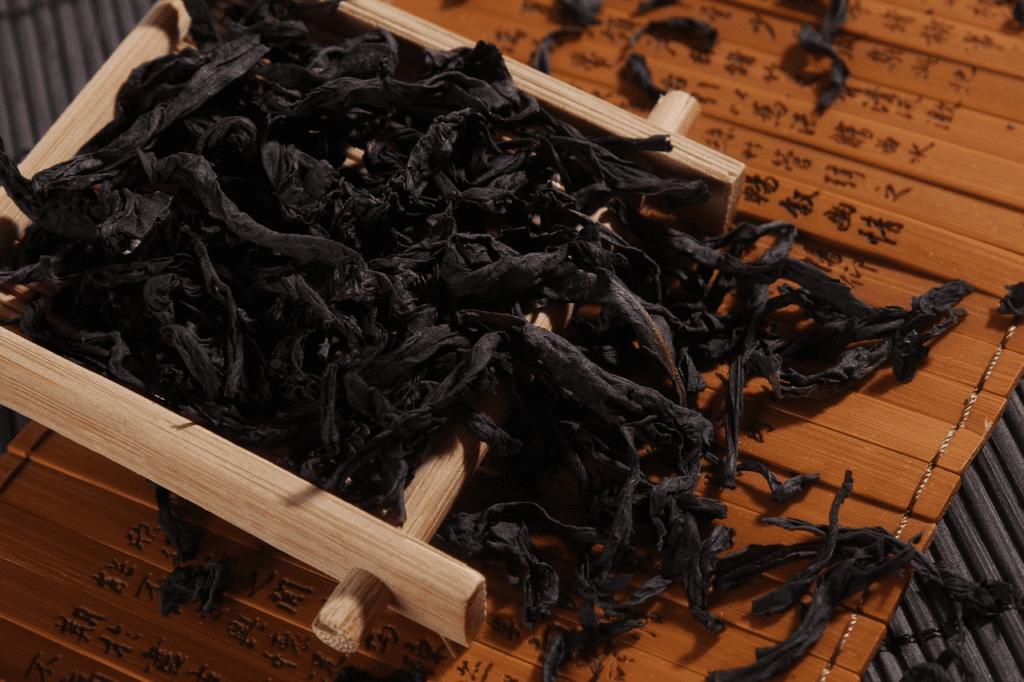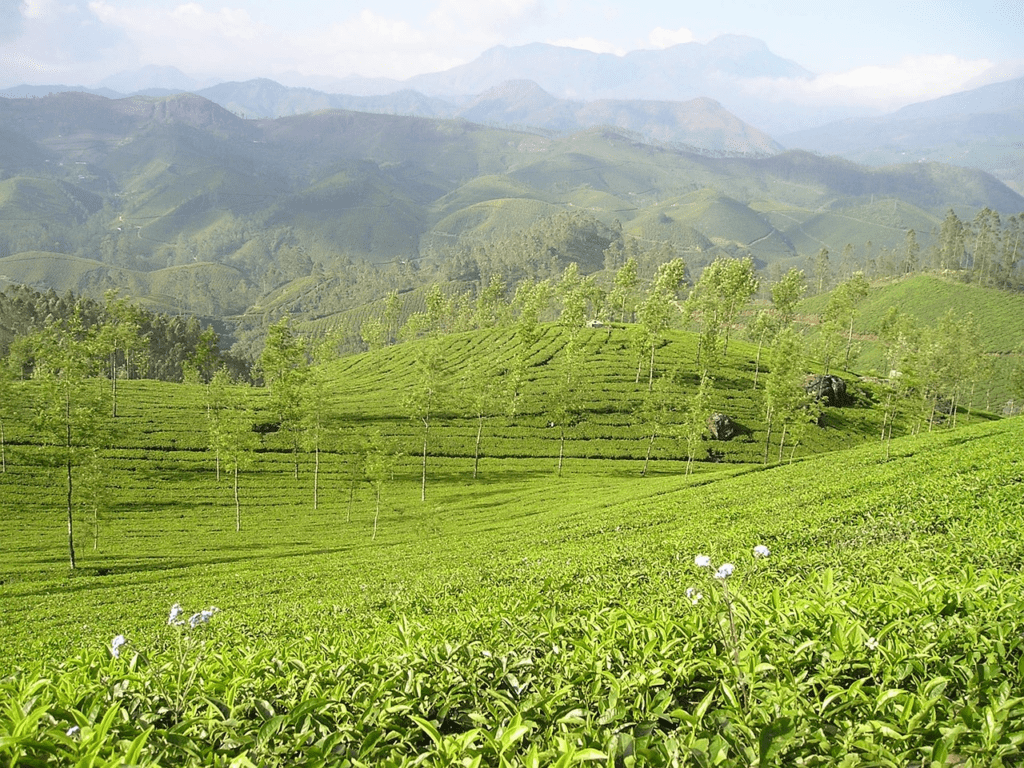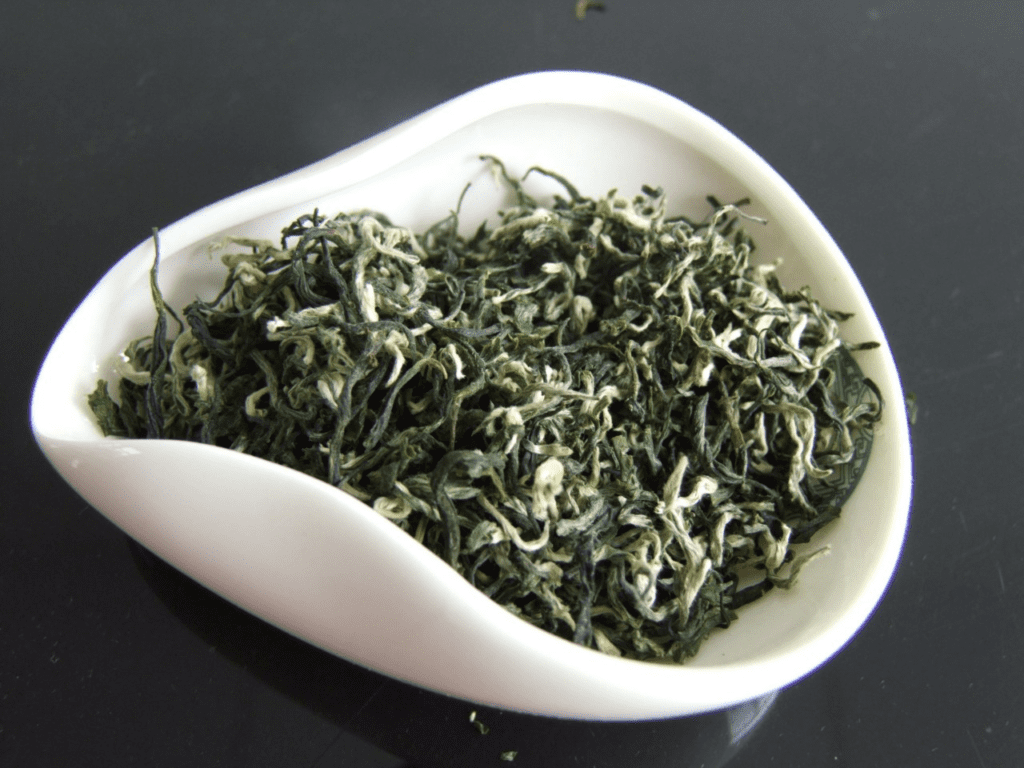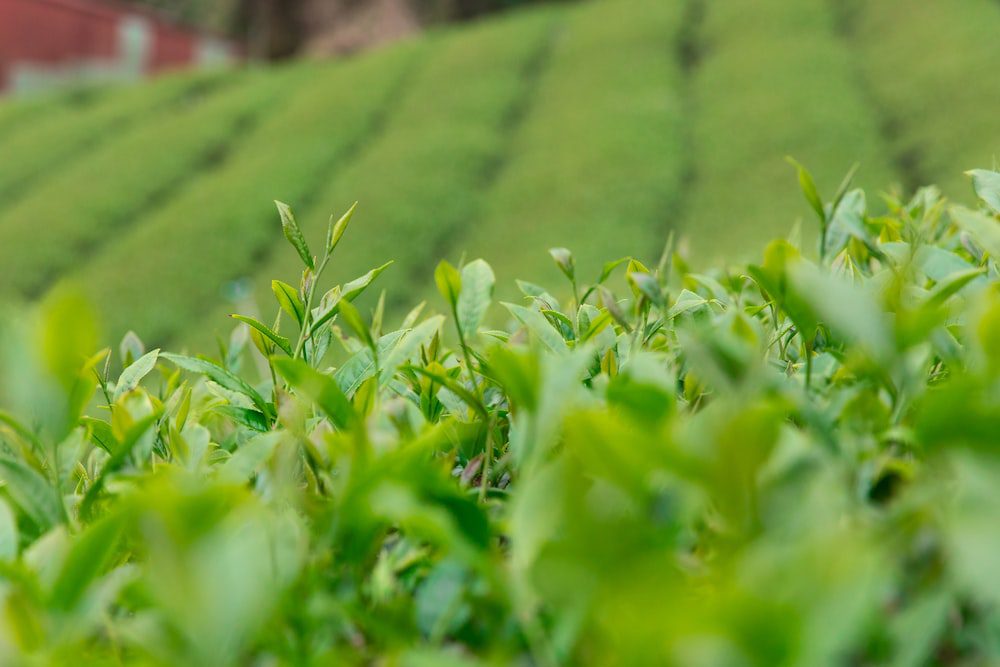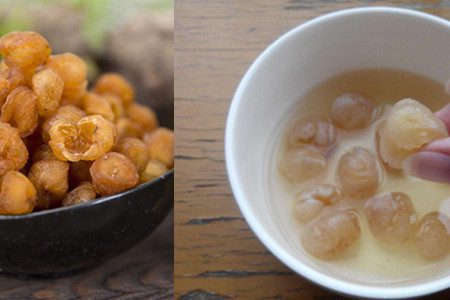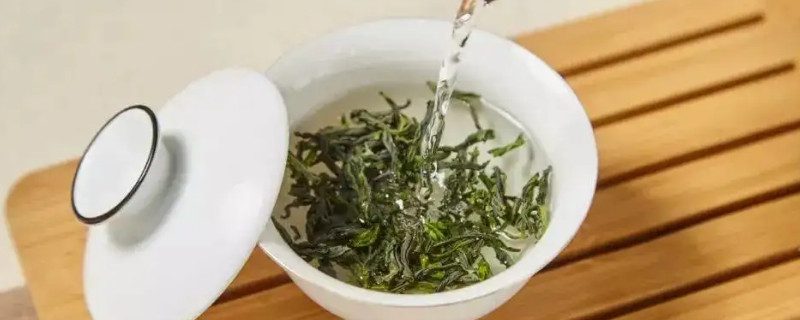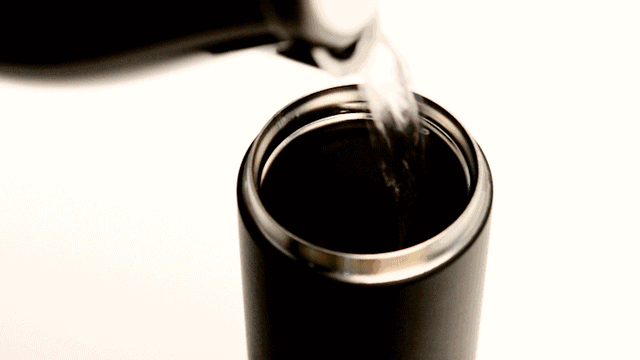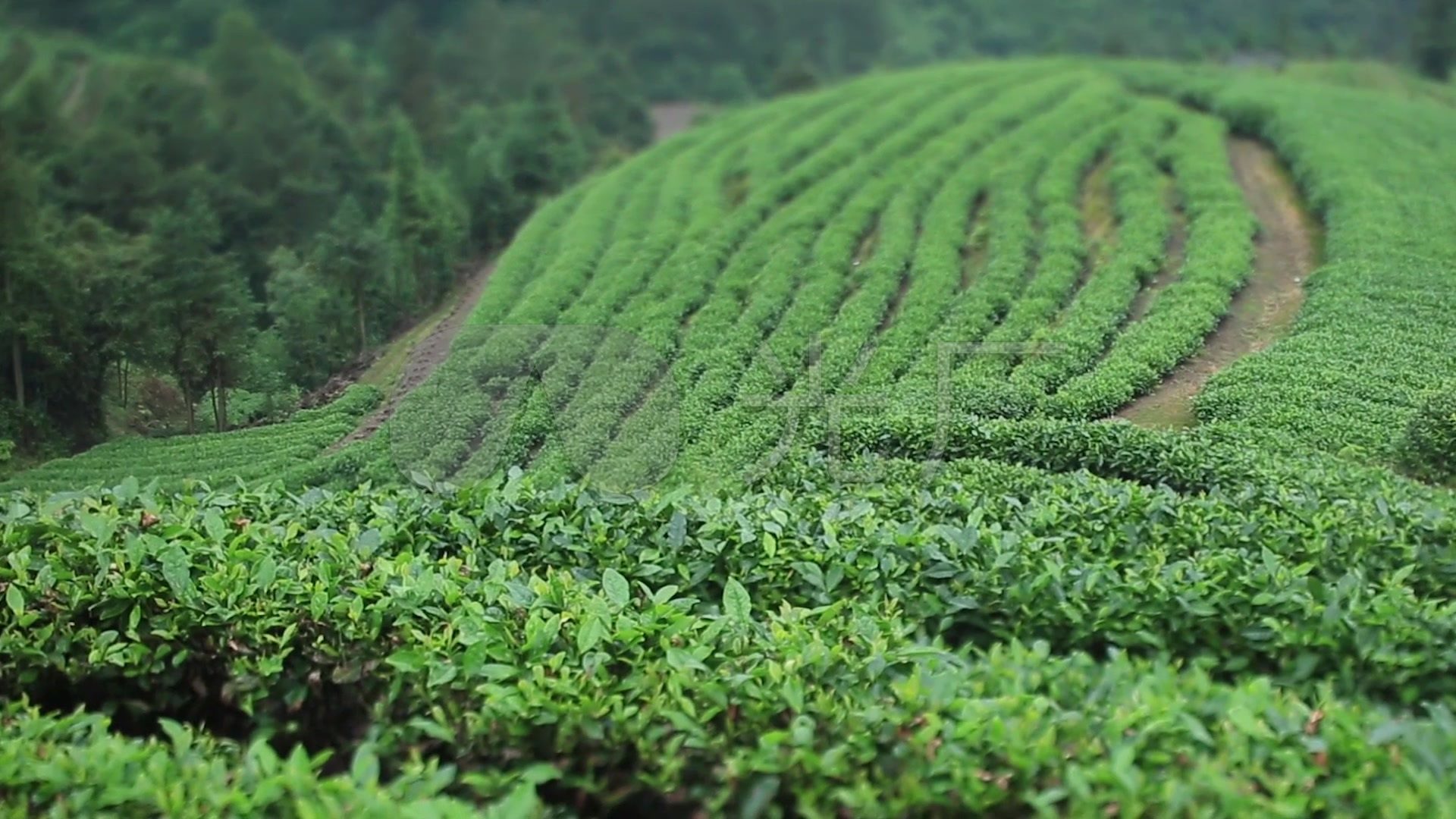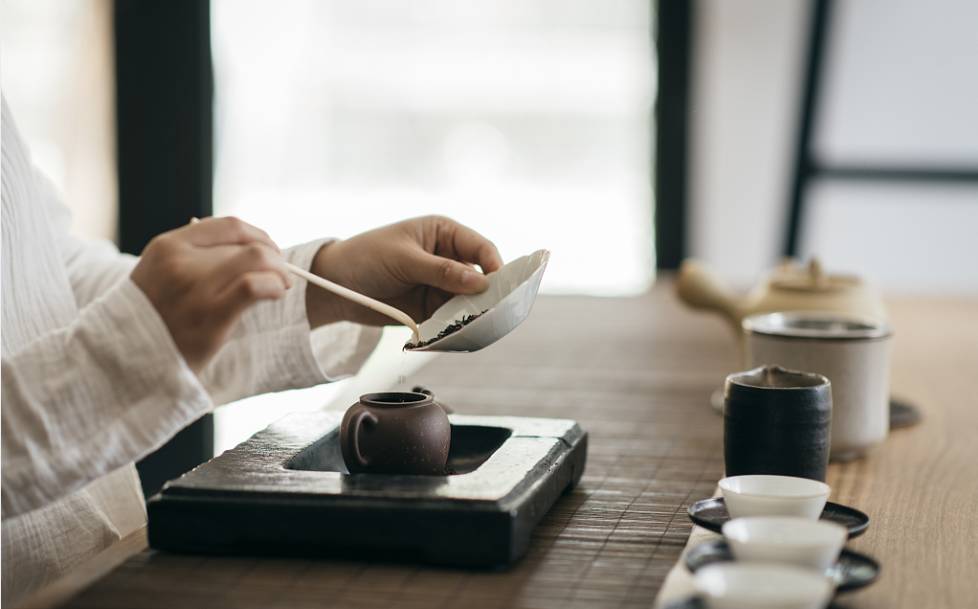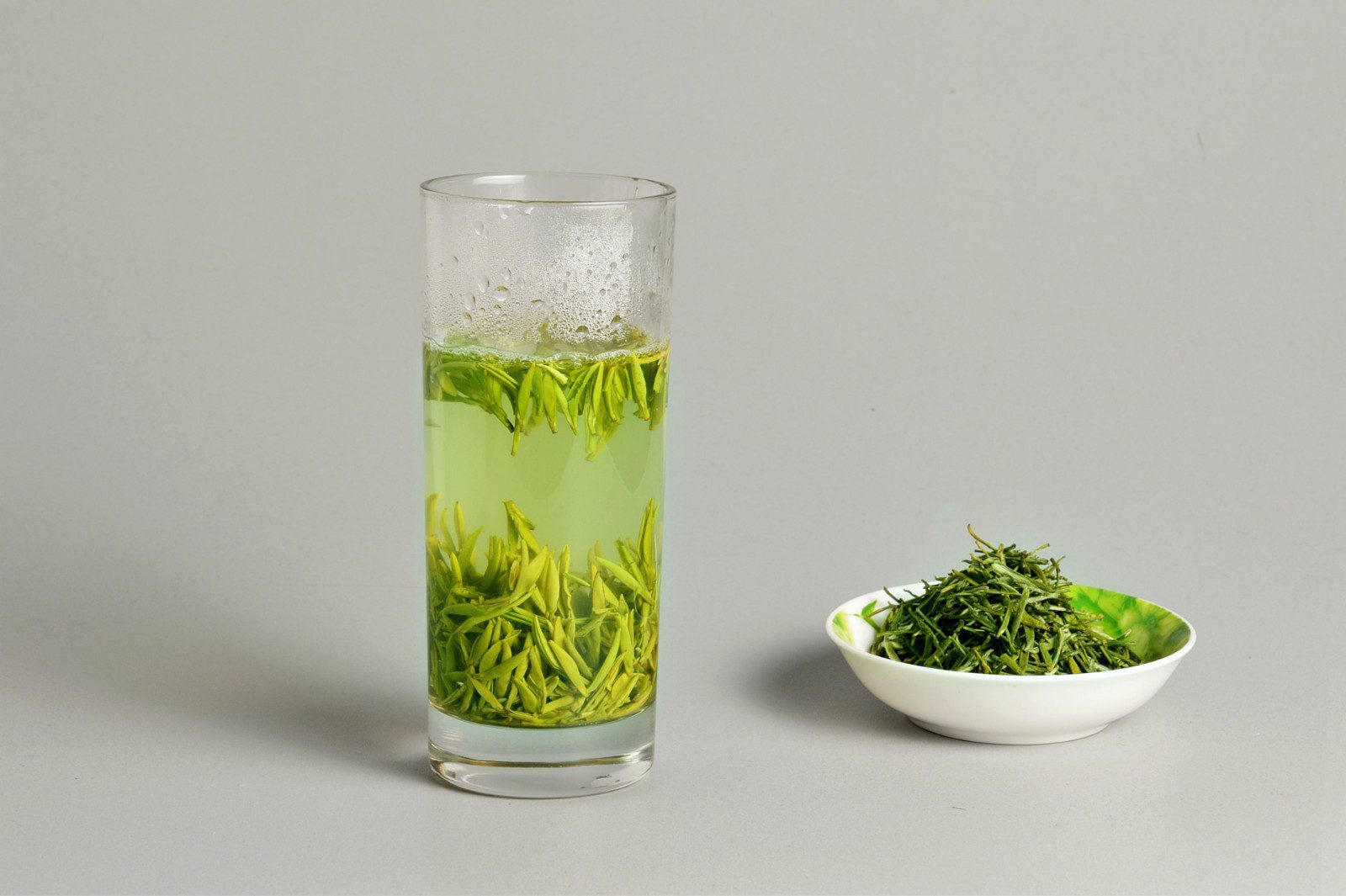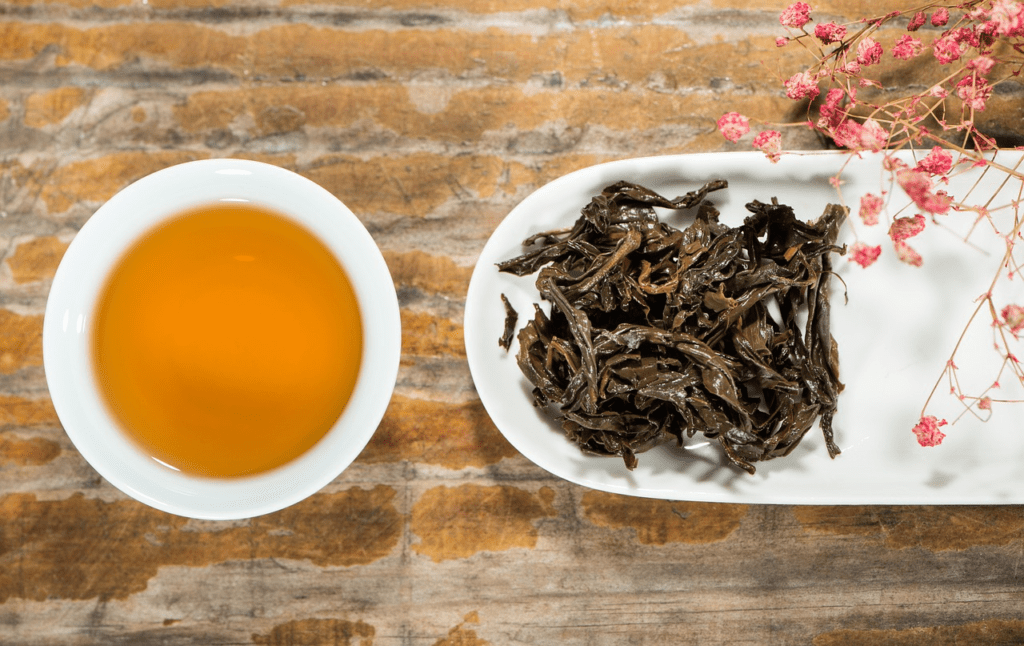Withering is a basic and critical process in tea processing, which directly affects the aroma, flavor and final quality of tea. In this article, we will explain the withering process in detail and discuss its application in different types of tea production and its impact on the quality of tea leaves.

The basic principle of withering process
Withering, also known as "going to the water", refers to the picking down of fresh tea leaves under certain environmental conditions, through natural evaporation or auxiliary means, so that the water in the tea leaves gradually reduced, the leaves are soft, thus promoting changes in the internal chemical composition of the tea leaves. This process contributes to the formation of the aroma and improvement of the flavor of the tea leaves.
Application of withering in different tea types
The withering process plays an important role in all kinds of tea production, but the exact operation and timing will vary depending on the type of tea and the desired quality:
- green tea: The withering process of green tea is usually short and aims to slightly promote changes in the internal chemical composition of the tea leaves in order to maintain its green color and fresh aroma.
- black tea: The withering time in black tea production is long, and this process is crucial for developing the characteristic aroma and flavor of black tea.
- Oolong tea: The wilting process of oolong tea is more delicate, including sunlight wilting and indoor wilting, which helps to develop its unique floral and fruity aroma.
- plain tea: White tea has the most natural and longest withering process, which helps to develop the lightness and sweetness of white tea.

How to precisely control the withering process
In order to ensure the quality of tea, precise control of the withering process is essential. Below are a few key factors that control the withering process:
- environmental temperature: The right temperature helps the activity of enzymes within the tea leaves and promotes changes in the chemical composition.
- Environmental humidity: Proper humidity helps the tea leaves to distribute moisture evenly and prevents them from drying out unevenly.
- ventilation: Good ventilation helps to speed up the evaporation of water from the tea leaves and avoids moldy tea.
- Withering time: Depending on the type of tea and the degree of tenderness, the withering time needs to be precisely controlled.
Effect of withering on tea quality
Withering not only affects the aroma and taste of the tea, but also the color and shape of the tea:
- fragrance: Moderate withering can promote the formation of tea aroma, making the aroma of tea richer and longer lasting.
- flavor: Withering softens the cellulose of the tea leaves, making the tea broth more mellow and sweet.
- color: Changes in the color of tea leaves during withering can be an important basis for judging the quality of tea.
- geometry: Withering makes the tea leaves softer for the subsequent kneading and shaping process.
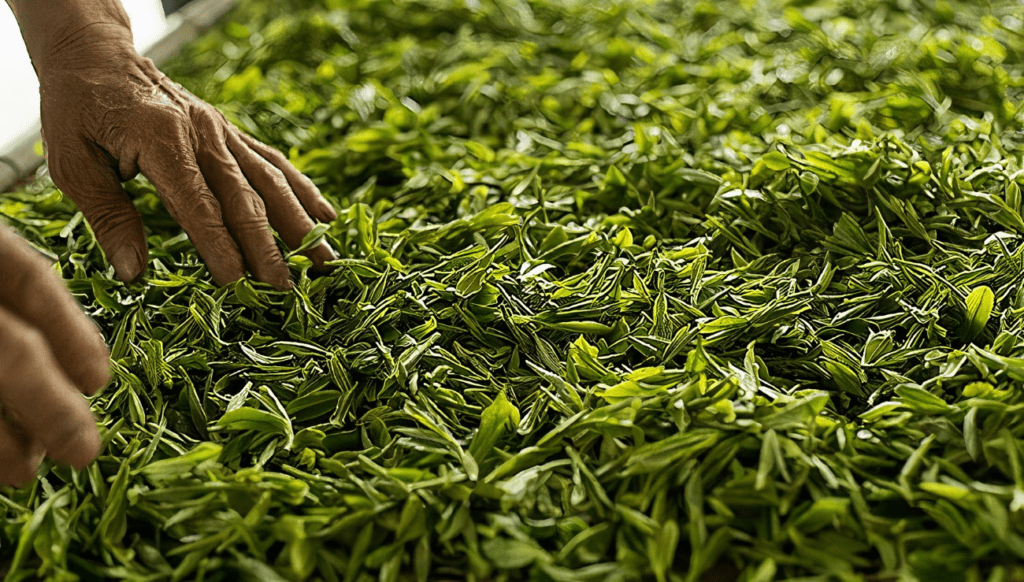
Withering is an indispensable step in tea processing, which has a decisive impact on the final quality of tea. Understanding and mastering the main points of the withering process is of great significance in improving the quality of tea.

